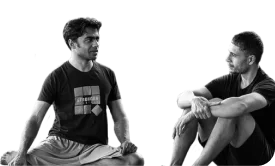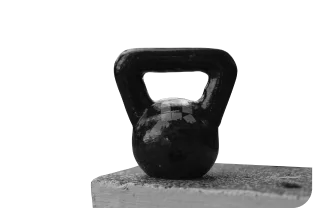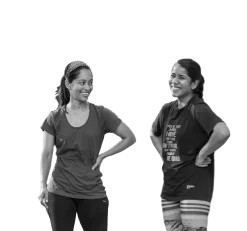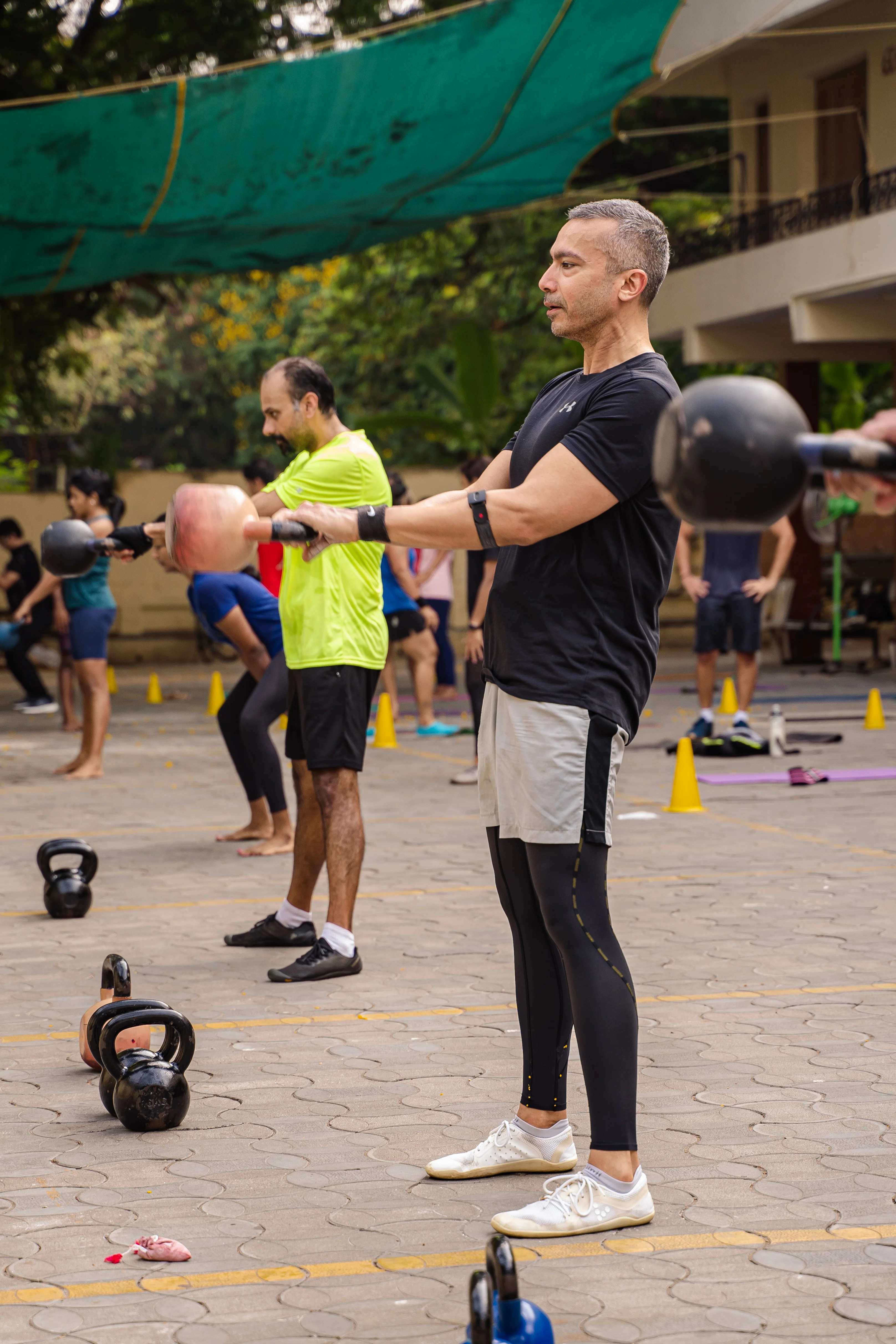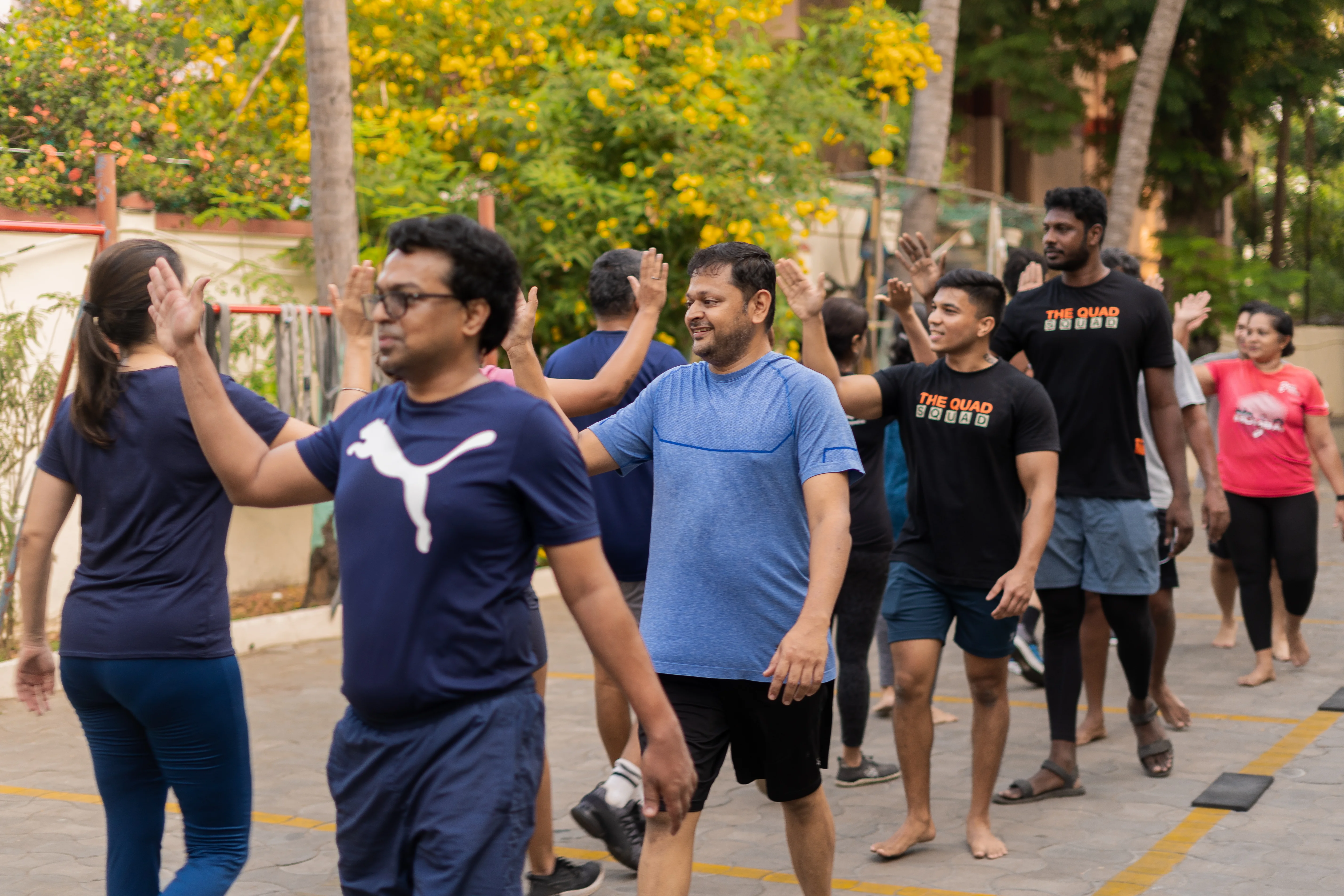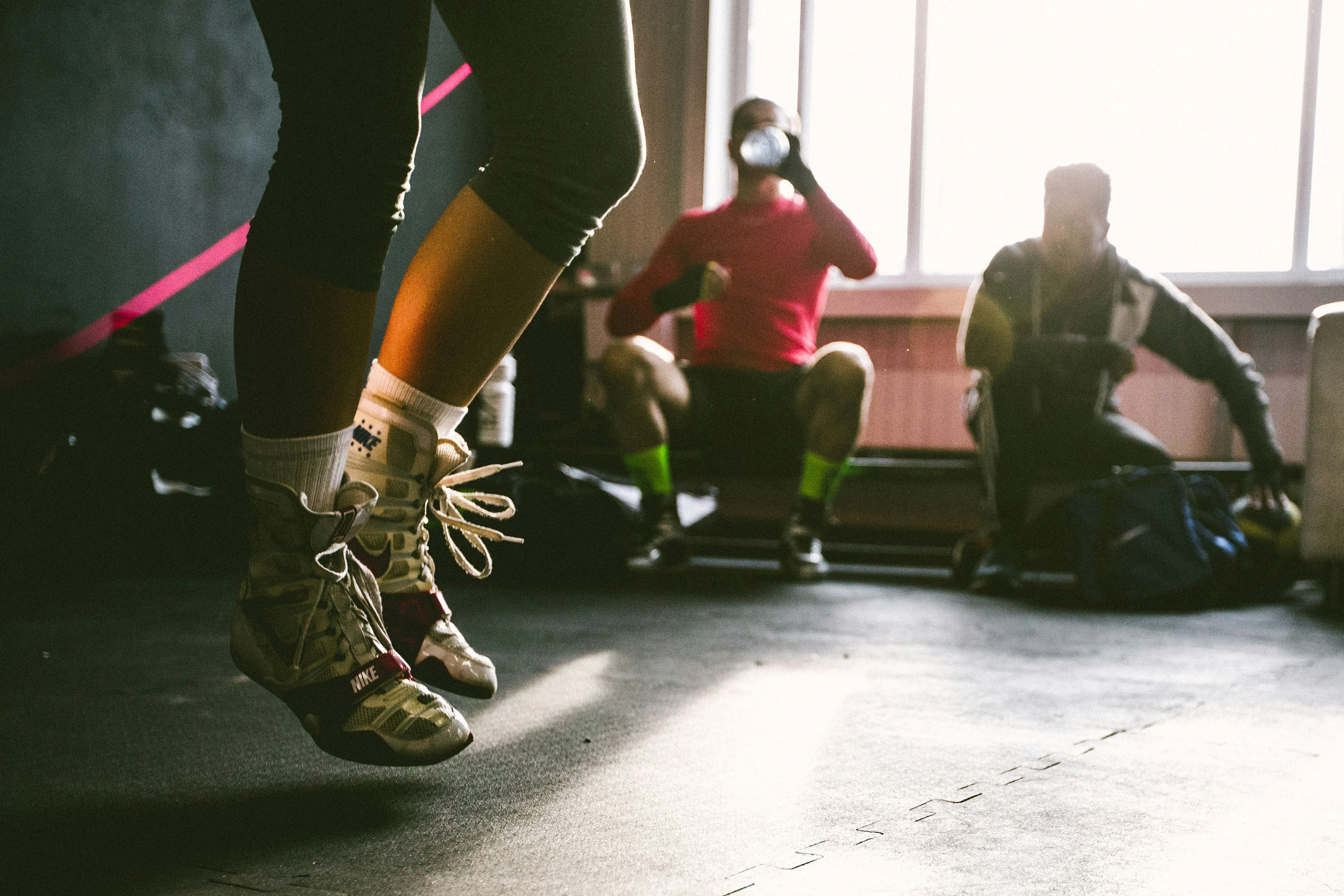8 Myths About Running That Need To Be Busted Today
Oct 9, 2017 ∙ 3 mins read

Myth 1: Running causes knee pain.
Running doesn’t cause knee pain. Running excessively without sufficient recovery or running with improper technique can cause knee pain. Running, as a movement, is very basic and a big part of the human movement toolkit. So running, as it is, will not cause any negative impact on the human body when done in the manner nature intended it to be done. So running reasonable distances with good technique will NOT cause knee pain while the opposite can hurt your knee or any other joint used when running.
Myth 2: No need to learn to run. We are born to run.
We are designed to run and there is no denying that. But that doesn’t mean every human being is born with the ability to run long distances. While the human body has evolved to be able to cover distance by foot (i.e walking, running etc), it is an ability we need to voluntarily develop. What we are born with is the ability to learn to run. If we do that, running becomes a tool that will promote health and fitness. If we ignore the learning and just clock in mile after mile, running becomes something that could potentially hurt us.
Myth 3: You can eat anything if you're a runner.
Running is simply an exercise, like a thousand others. And every exercise or movement demands a certain amount of energy from the body. Running too has energy demands but it is nowhere close to how much energy we can add during a meal, especially when it is an indulgent meal. A normal person can consume anywhere from 1000 to 3000 calories in an hour of indulgence while a hard hour of running can burn only about 400 to 700 calories.
Myth 4: Running burns only fat.
A lot of us take up to running because it helps us lose weight. But weight loss and fat loss are not the same thing. When we run and lose weight, we could have lost that weight from fat, muscle or water. While all of us want to lose only the fat and retain all the muscle, it seldom happens, especially when running mileage is high. During moderate intensity activity like long distance running, the body burns fat and muscle for fuel. This effect is more pronounced when running volume is high and/or there is no strength training to preserve the muscle.
Myth 5: Runners don’t need strength training.
Running, as a movement, uses the muscles of our legs. But the movement does not load those muscles enough to strengthen them. But as we start running longer and more frequently, our muscles need to get stronger too. That is the only way they will be able to handle the new workload. For that to happen, strength training is necessary. Moves like squats, deadlifts, lunges and kettlebell swings strengthen the muscles of our legs and help us use them to run longer, faster and more importantly, better.
Myth 6: Running will burn all your muscles.
Like squatting, running is a great fitness tool and has it’s place in training. It is not true that running will eat up all your muscles. As long as we don’t overdo it and maintain a reasonable running volume and pace, there is no risk of muscle loss. Adding a reasonable amount of running to a strength training plan will only help improve overall fitness and, specially, stamina.
Myth 7: Running is one exercise that does all.
Like there is no one food that will nourish us with everything we need, there is no one exercise that will make us fit. Running is a great exercise when it comes to building endurance or stamina but it does not make you stronger. It is great as a fat loss tool when clubbed with proper nutrition, but it won’t make you more flexible. Every exercise has it’s place in the fitness toolkit and they all serve different purposes. What we need to do is to smartly use the right tool for the right job. A great hammer is a terrible screwdriver.
Myth 8: Running makes your core stronger.
While running uses the core muscles and requires a strong core, it doesn’t specifically make your core stronger. That is, proper running requires one to use their core muscles but most of us continue to run even though our core muscles are not active. In fact, a runner who doesn’t possess enough core strength or doesn’t know how to activate her core will end up using her lower back more than she should and hence feel pain or soreness in the lower back often.
